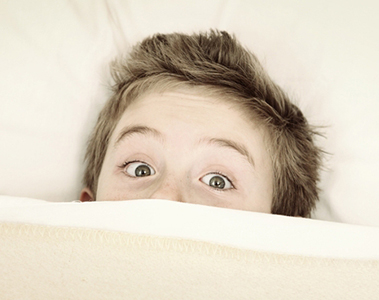Rhythmic movement disorders are characterized by sudden, repetitive involuntary movements of various parts of the body in children when they are falling asleep. They can take the form of anterior-posterior movements, lateral rotation of the head, longitudinal trunk rolling, etc. They are frequently accompanied by guttural sounds, which are bothersome for the whole family. It usually occurs during the transition between wakefulness and sleep, although in some children it can also occur in other types of sleep (slow wave sleep and REM sleep). They rarely last more than 15 minutes.
The stereotyped movements usually start before the ninth month of life and rarely after 2 years of age. The presence of rhythmic movements is not related to neuropsychiatric alterations. It frequently occurs in physically and neurologically normal children. However, it is not rare that children with mental retardation experience them, without the need for any therapeutic measures.
These movements are the cause of worry in parents, but should be considered a benign disorder, which improves on its own over time. Steps can be taken to reduce the noise and prevent the child from hurting him or herself physically. When these movements persist until late childhood or adolescence, a neurological or psychological problem should be suspected.

